Scholars Thought White Women Were Passive Enslavers. They Were Wrong.
Share
Explore Our Galleries
Breaking News!
Today's news and culture by Black and other reporters in the Black and mainstream media.
Ways to Support ABHM?
By Rachel L. Swarns, The New York Times
For generations, scholars argued that white women were rarely involved in the active buying and selling of Black people. A growing body of research says otherwise.
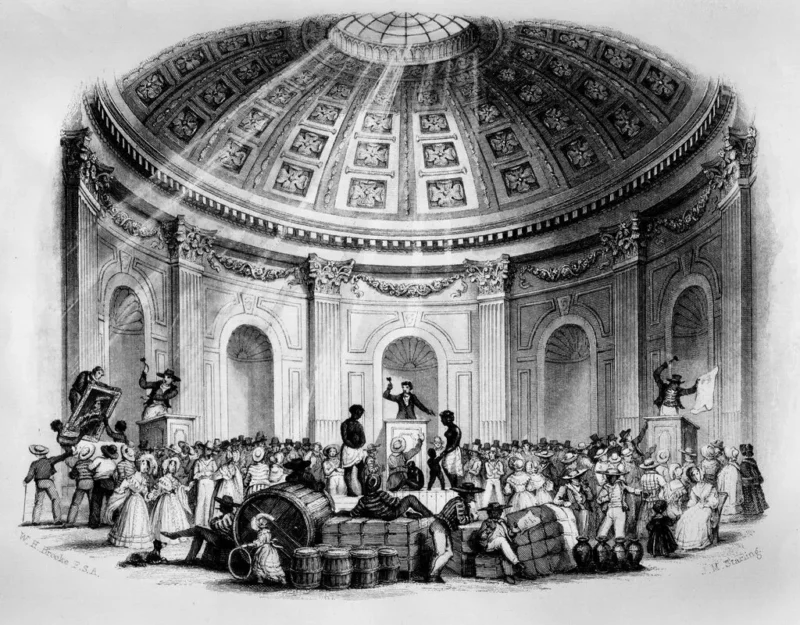
[…]
For generations, scholars argued that white women were rarely involved in the active buying and selling of Black people. But a growing body of research is challenging that narrative, documenting the significant role that white women played in the American slave trade.
Between 1856 and 1861, white women engaged in nearly a third of the sales and purchases of enslaved people in New Orleans, which was home to the nation’s largest slave market at the time, according to a working paper released by the National Bureau of Economic Research earlier this year.
In 1830, white women accounted for about 16 percent of the purchases and sales of enslaved people in New Orleans, the study found. Elsewhere, an analysis of runaway slave advertisements published between 1853 and 1860, which were compiled by the Black abolitionist William Still, found that white women were listed as owners in about 12 percent of the listings.
The findings demonstrate that active participation in slavery crossed gender lines, according to Trevon D. Logan, a professor of economics at Ohio State University, who was a co-author of the report with Benton Wishart, a student at the university who graduated in May.
“We’re talking about literally thousands of women being involved in this industry,” said Dr. Logan, who also serves as the director of the National Bureau of Economic Research’s working group on race and stratification in the economy.
[…]
Dr. Rothman said that the report wasn’t surprising, given the historical research conducted in recent years. “But it’s good to actually have numbers,” he said. “They help us to attach something resembling specifics to what we’re actually talking about.”
Dr. Jones-Rogers believes the research also helps to explain why many white Southern women romanticized slavery and supported the system of racial segregation that emerged after the Civil War, a system that helped ensure that their families could continue to benefit from a plentiful supply of low-cost Black labor.
They “choose white supremacy,” she said, “because they see it as economically advantageous.”
Explore our exhibit Nearly Three Centuries of Enslavement.
More Breaking News here.
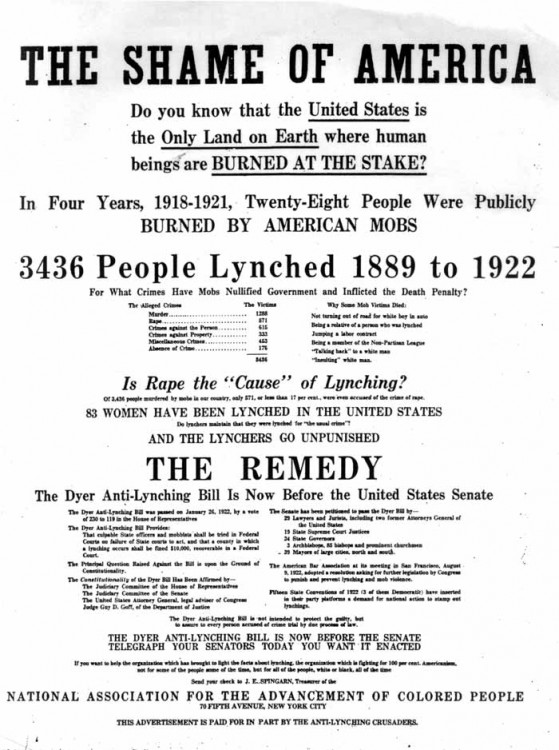
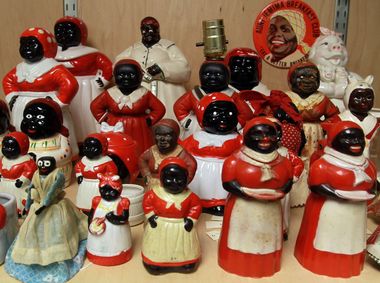


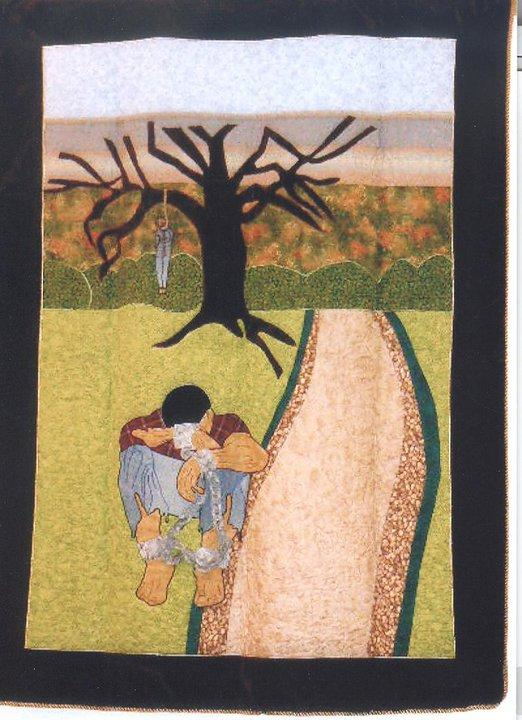

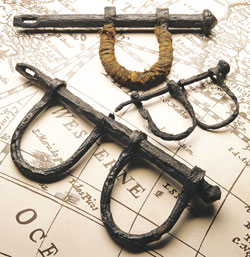


Comments Are Welcome
Note: We moderate submissions in order to create a space for meaningful dialogue, a space where museum visitors – adults and youth –– can exchange informed, thoughtful, and relevant comments that add value to our exhibits.
Racial slurs, personal attacks, obscenity, profanity, and SHOUTING do not meet the above standard. Such comments are posted in the exhibit Hateful Speech. Commercial promotions, impersonations, and incoherent comments likewise fail to meet our goals, so will not be posted. Submissions longer than 120 words will be shortened.
See our full Comments Policy here.